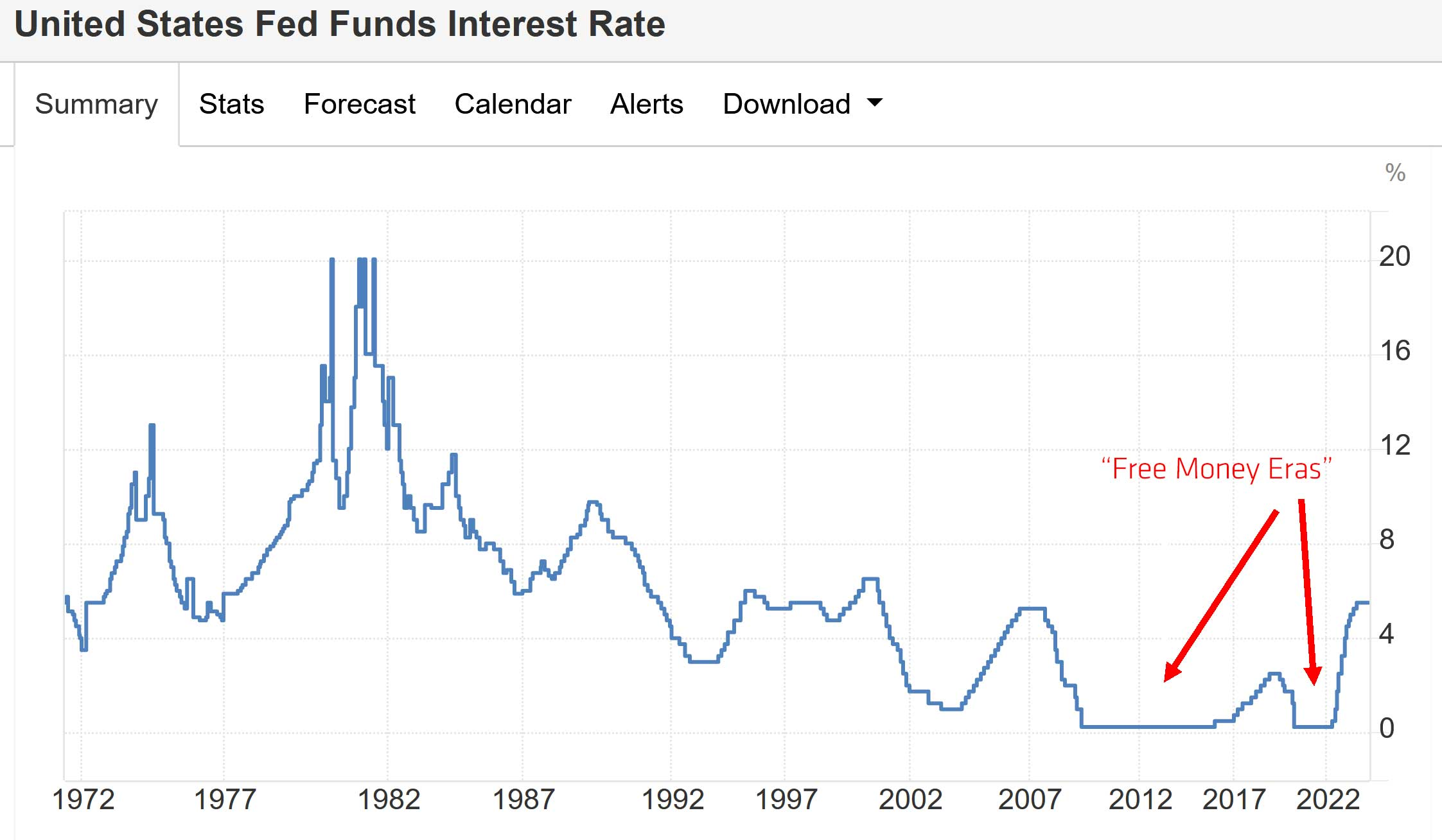The company I worked for was a VC backed startup and they used the phrase: no more free money, to let us know we were let go. A lot of governments kept interest artificially low to ward of a recession (causing our current one) before and during covid. With this low interest rate people (more likely companies) were able to borrow money from the banks with no or even negative interest. Thus the idea of free money, as long as you invest and don’t lose it you can use that money to “make” more money.
Now with the interest rates rising this is a lot riskier, and VCs and companies are less eager to invest.
Let me know if this cleared it up 😁

